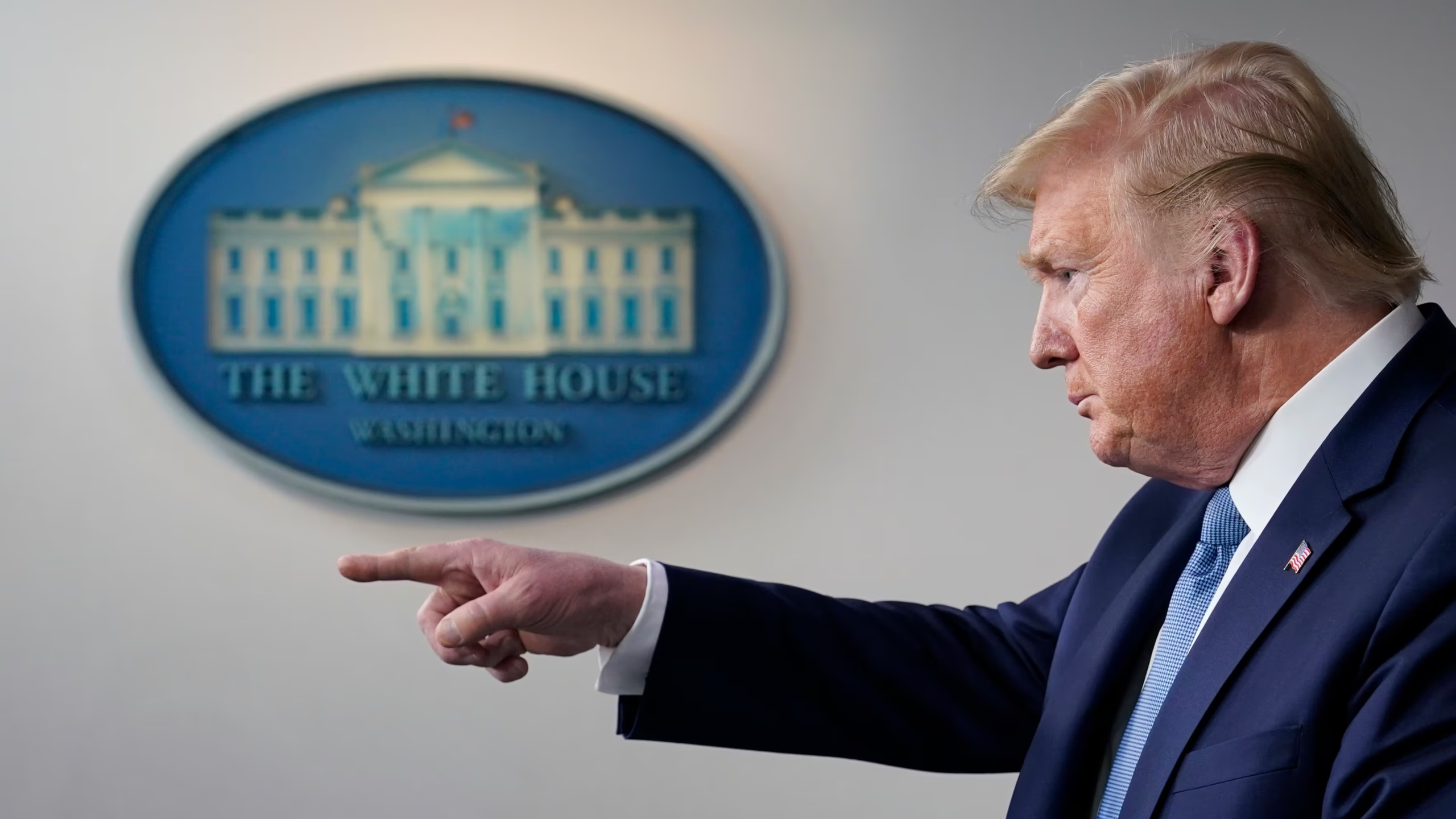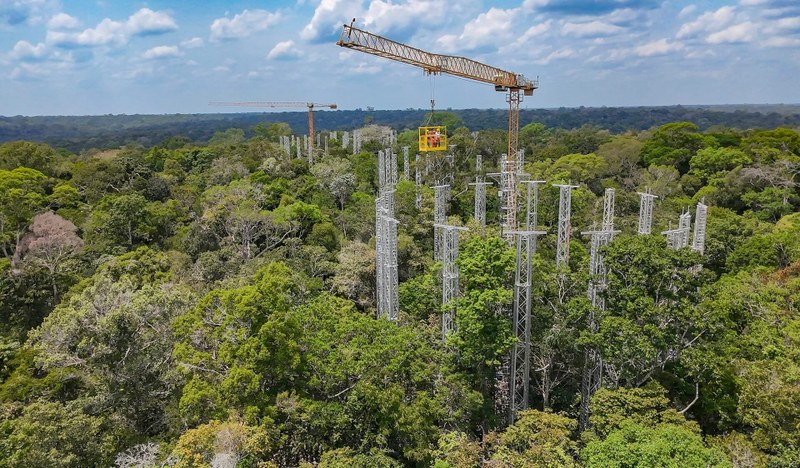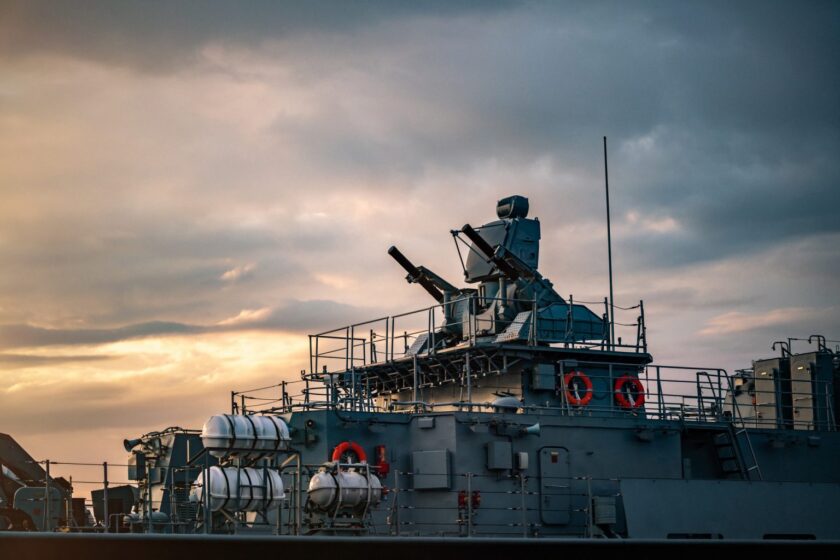Trump Directs Pentagon to Resume U.S. Nuclear Weapons Testing After 33 Years
Busan/Washington: U.S. President Donald Trump instructed the Pentagon to immediately resume testing of nuclear weapons — the first such order in more than three decades — just moments before his scheduled meeting with Chinese President Xi Jinping in Busan, South Korea.
Trump made the unexpected announcement on his social media platform, Truth Social, while en route aboard Marine One, stating that the United States must conduct nuclear tests “on an equal basis” with other global powers.
“Because of other countries’ testing programs, I have instructed the Department of War to start testing our Nuclear Weapons on an equal basis. That process will begin immediately,” Trump wrote.
He added that “Russia is second, and China is a distant third,” but predicted that China would close the gap within five years.
The president did not clarify whether the order referred to nuclear-explosive testing—which falls under the National Nuclear Security Administration—or to the flight testing of nuclear-capable missiles.
Strategic Context
Trump’s decision comes amid growing international nuclear competition. In recent months, Russia claimed to have successfully tested both a nuclear-powered cruise missile and a nuclear-capable torpedo, while China has reportedly more than doubled its nuclear stockpile in the past five years.
According to estimates from the Center for Strategic and International Studies (CSIS), Beijing’s arsenal has expanded from about 300 nuclear weapons in 2020 to 600 in 2025, and could exceed 1,000 warheads by 2030.

Earlier this week, Trump criticized Russian President Vladimir Putin, saying he should focus on ending the war in Ukraine instead of conducting new missile tests.
Putin recently announced the testing of the Poseidon nuclear-powered torpedo and the Burevestnik cruise missile, both capable of carrying nuclear payloads.
Historical Background
The United States last conducted a full-scale nuclear test in 1992, following the end of the Cold War. Since then, it has relied on computer simulations and subcritical tests to assess the reliability of its nuclear arsenal.
Nuclear testing provides data to validate new warhead designs and confirm the effectiveness of older ones. Analysts say that resuming tests could be viewed by Moscow and Beijing as a signal of Washington’s determination to maintain strategic superiority.
The United States first entered the nuclear age with the Trinity Test in July 1945 in New Mexico, later deploying atomic bombs on Hiroshima and Nagasaki to end World War II.
If carried out, Trump’s directive would mark a significant policy shift — potentially reshaping the landscape of global nuclear stability and arms control efforts.






